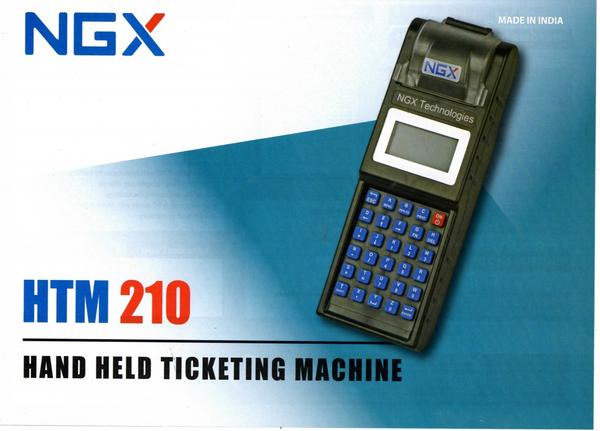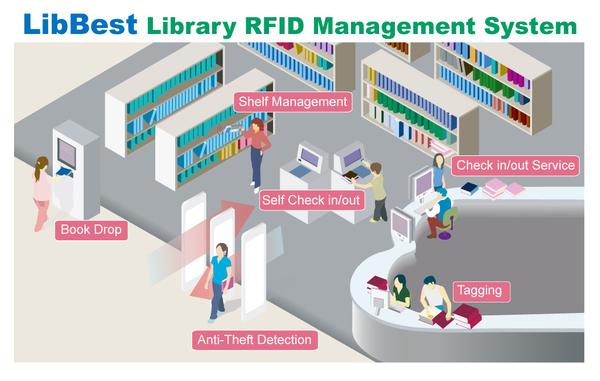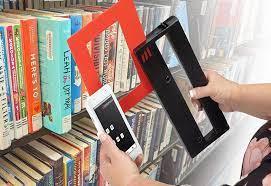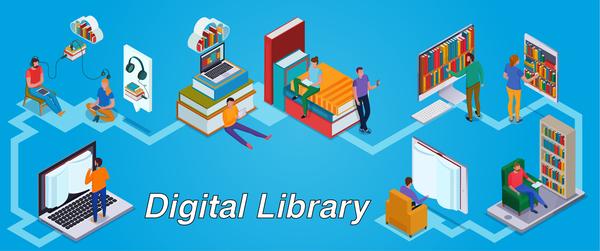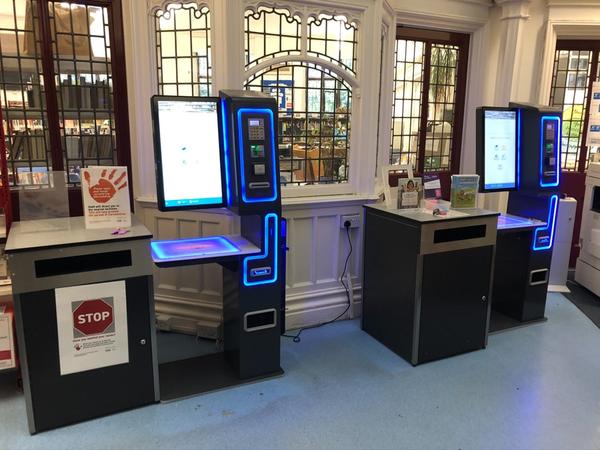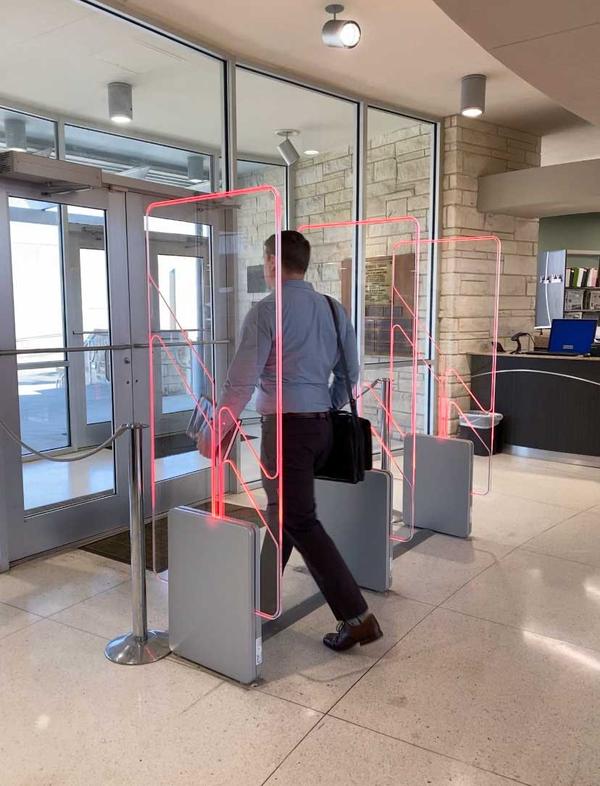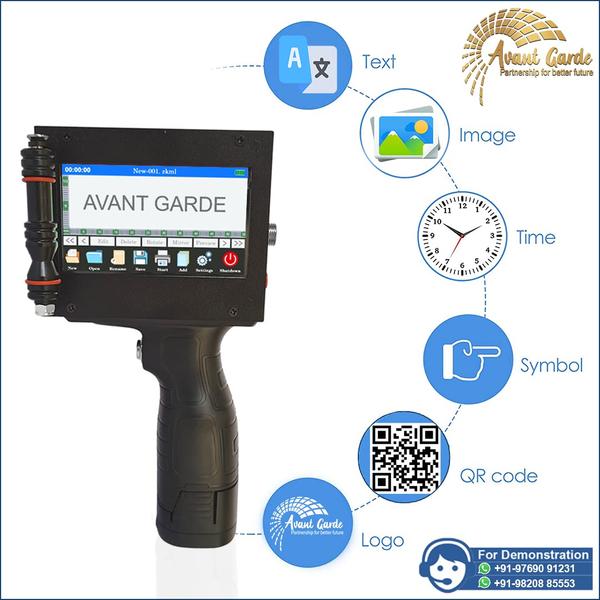Streamline your sales and boost efficiency with our portable Handheld Billing Machine — a compact, user-friendly solution for fast and accurate billing on the go. Designed for mobile businesses, retail shops, delivery agents, and kiosks, this device makes billing, payment collection, and receipt printing easy from anywhere. With inbuilt printer, GST-compliant software, and multi-payment options (including UPI, card, and QR), it’s the perfect billing companion for modern businesses. Design: Compact, lightweight, and fully portable Screen: Touchscreen or keypad interface (depending on model) Printer: Built-in 58mm thermal printer Connectivity: Wi-Fi, Bluetooth, 4G (SIM-enabled models) Battery: Rechargeable (4000–6000mAh) for full-day usage Software: GST billing & invoice-ready; preloaded or cloud-based Payments: Accept UPI, QR, card payments (NFC-enabled models)
Send Message
